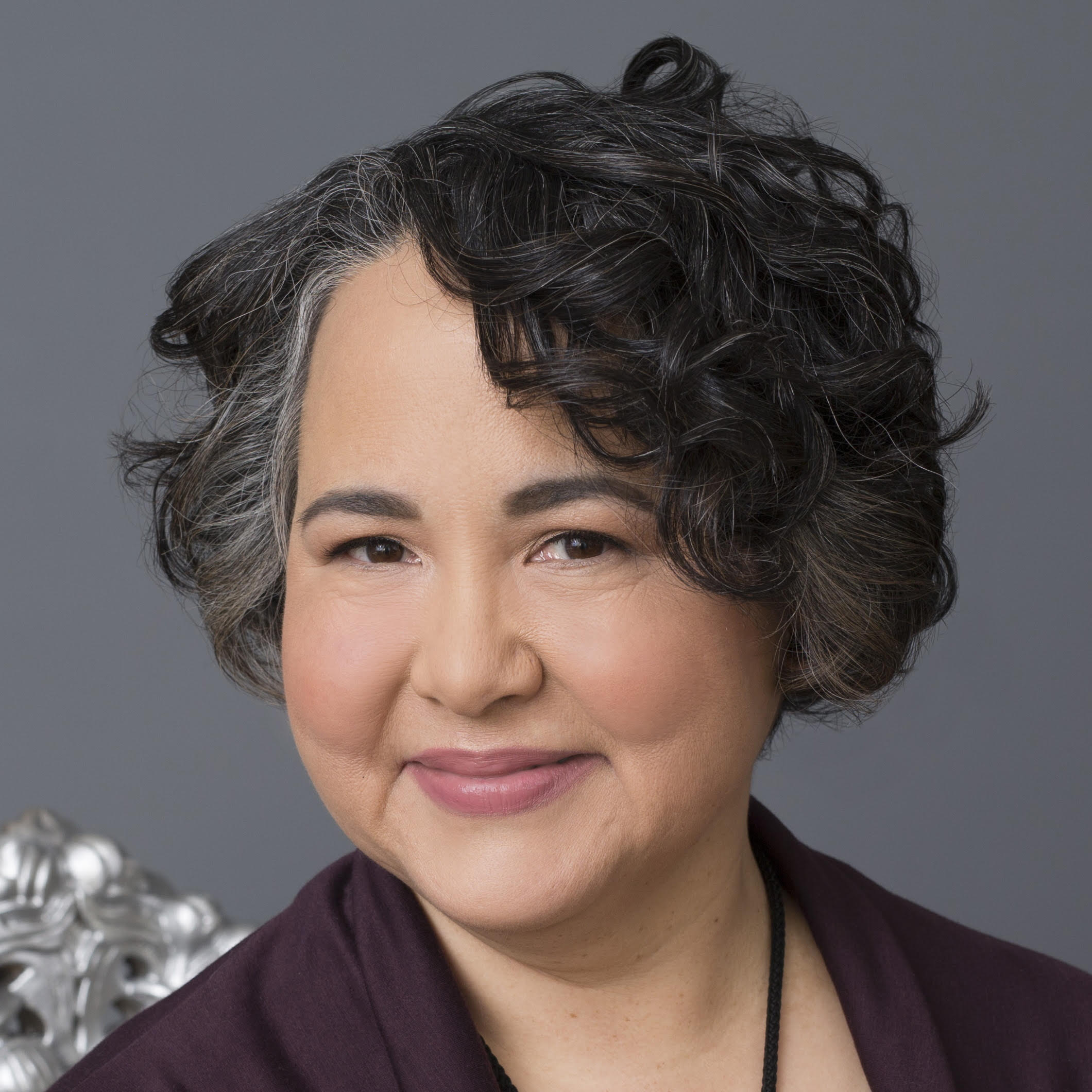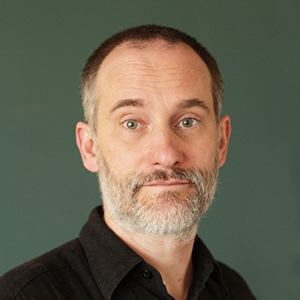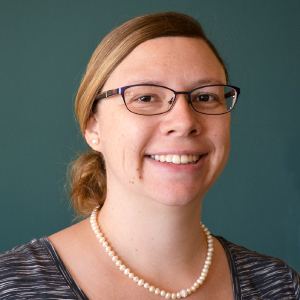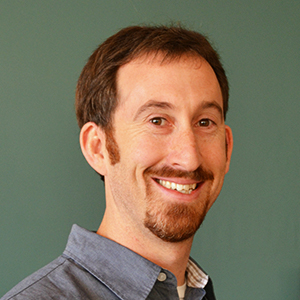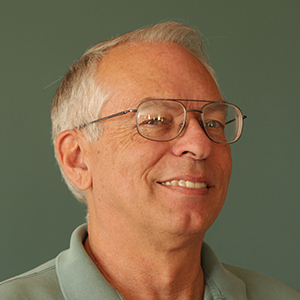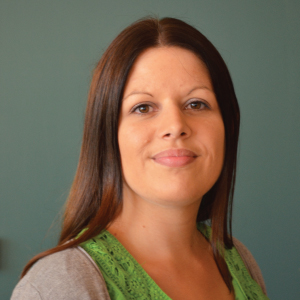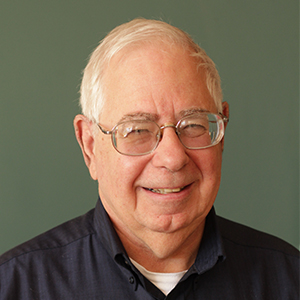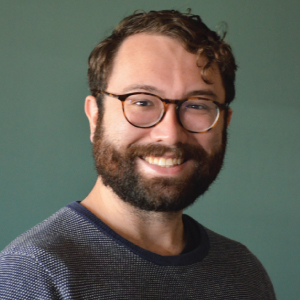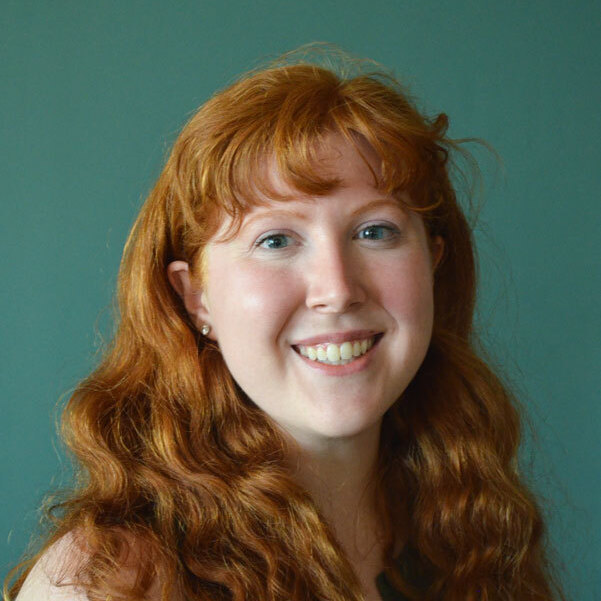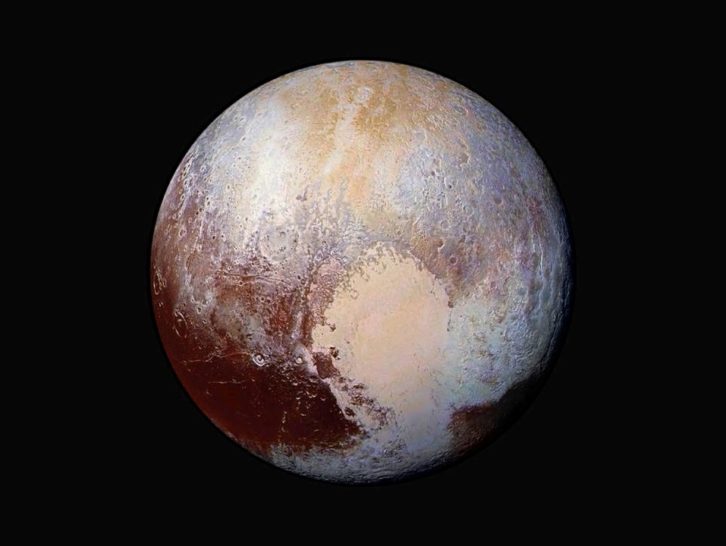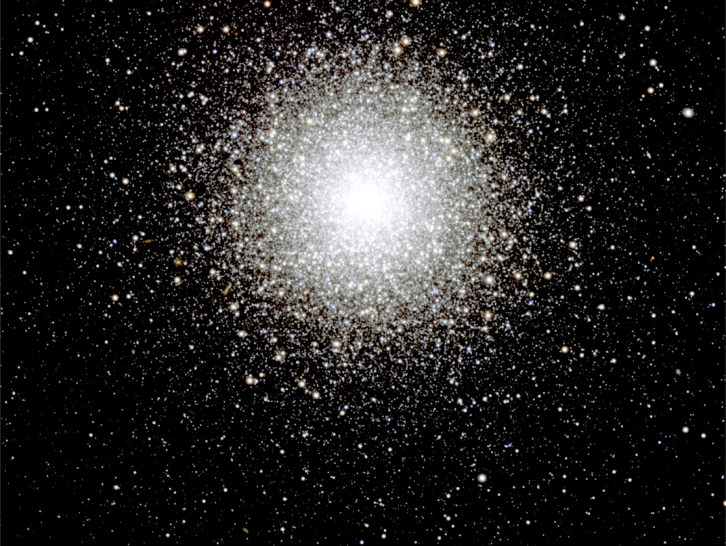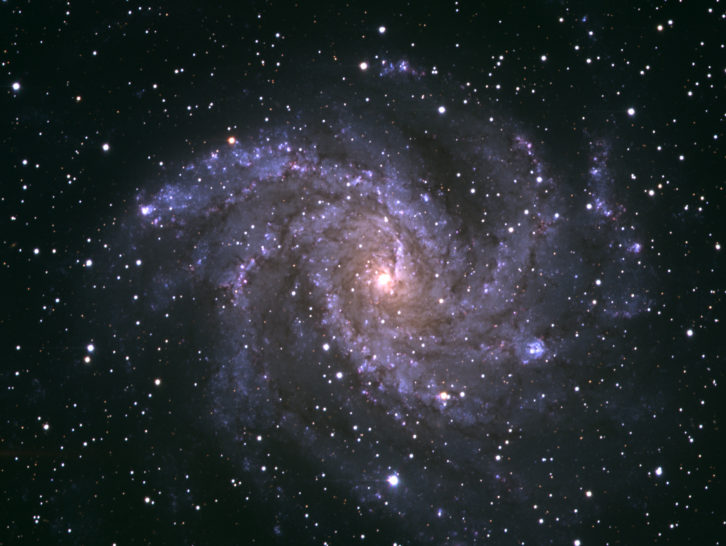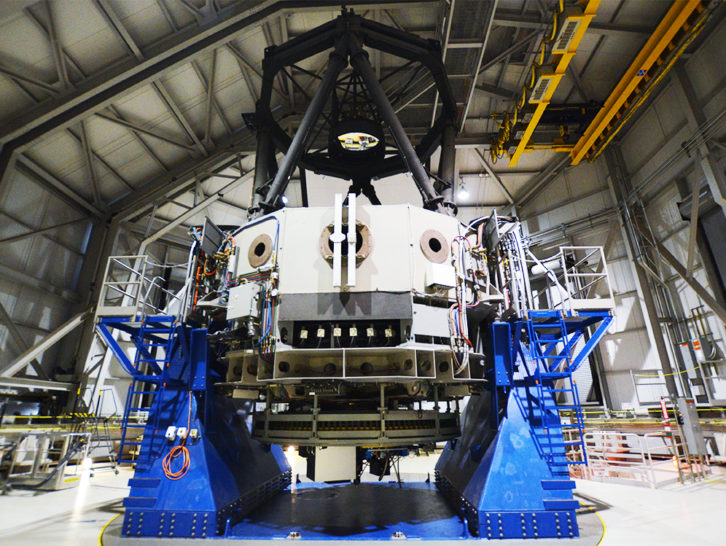Solar System Studies
Lowell astronomers carry out a wide diversity of research programs with goals tied to understanding the nature, formation, habitability, and evolution of planetary bodies in our solar system.
This work continues the observatory’s legacy of solar system studies. which began with questions about our solar system and our place within it. Founder Percival Lowell established the observatory in 1894 to study the planet Mars at a favorable opposition, and later in 1930 the planet Pluto was discovered by Clyde Tombaugh at the observatory. From those groundbreaking initial studies, planetary research continues at Lowell Observatory.
Modern-day research involves key contributions to ongoing spacecraft missions, performing novel laboratory experiments, and analyzing observations from state-of-the-art ground and space-based telescopes.
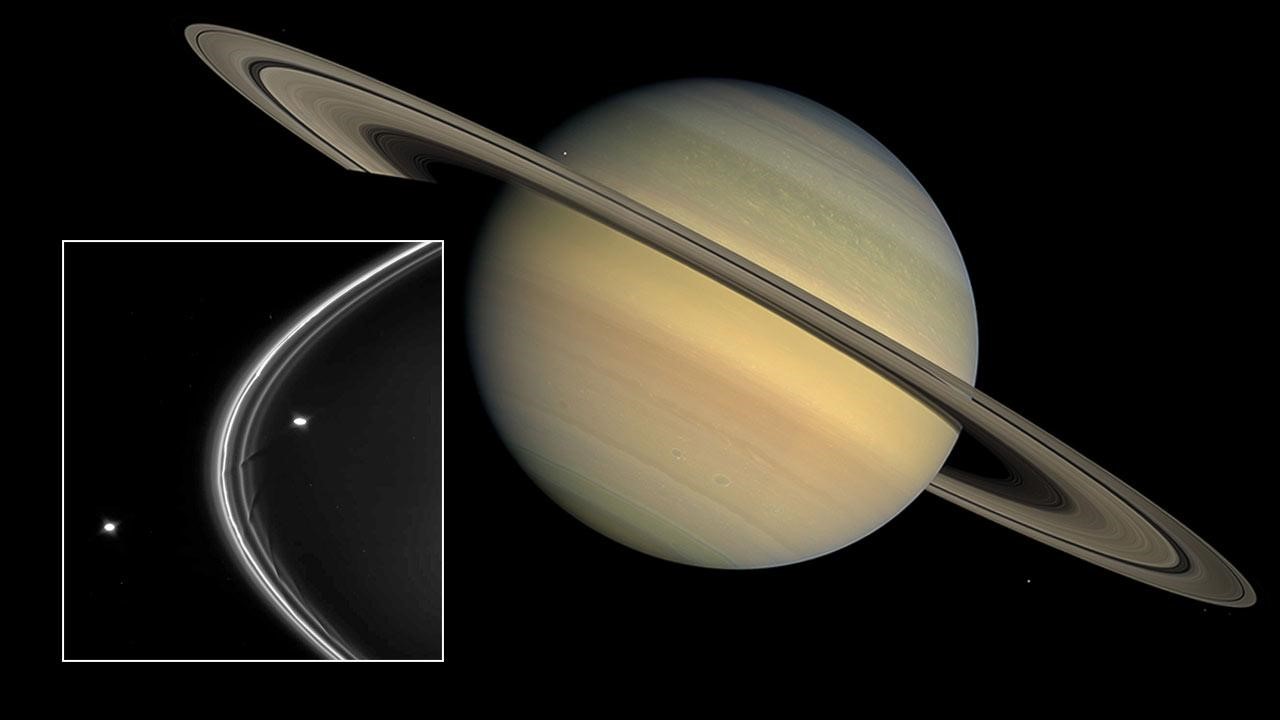
Saturn’s rings sport a varied nature, as seen in these images taken by the Cassini spacecraft. The B ring is optically thick and bright, while the F ring (inset) is narrow and tenuous. It also is inclined with respect to Saturn’s equator plane and the other rings. [Source: https://www.sciencemag.org/news/2015/08/satellite-smashup-created-saturns-narrow-f-ring]
Rings around planets and centaurs
Dr. Amanda Bosh studies Centaurs, small bodies that have been scattered inward from the Kuiper Belt region and will eventually either leave the solar system or become Jupiter-family comets. They largely retain the volatile inventory from the time of solar system formation, making them interesting targets of study as windows into the early age of our planetary system. She searches for signs of activity in these bodies, and discovered that Chiron, the first-identified Centaur, has a tenous ring system. She also uses the stellar occultation technique to study the long-term variability of Pluto’s atmosphere and the kinematics of the Saturnian and Uranian ring systems.
Learn more about Dr. Amanda Bosh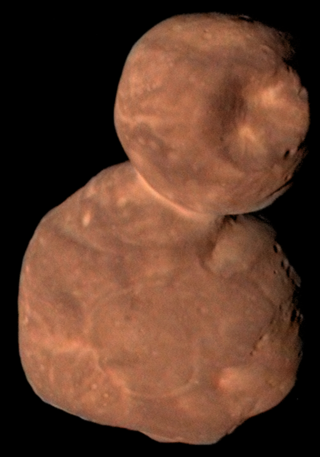
Kuiper Belt Object Arrokoth was visited by the New Horizons spacecraft in 2019. The double-lobed shape was suggested by previous stellar occultation data and confirmed during the flyby. [Source: https://www.nasa.gov/feature/far-far-away-in-the-sky-new-horizons-kuiper-belt-flyby-object-officially-named-arrokoth]
Occultations
Dr. Larry Wasserman studies solar system bodies via occultations. His work on occultations includes the prediction, observation, and analysis of data from such events. These observations lead to an understanding of the size and shape of small bodies, parameters that are impossible to determine without an expensive in situ space mission. They can also reveal the presence of an atmosphere, as occurred with Pluto in 1988.
Learn more about Dr. Larry Wasserman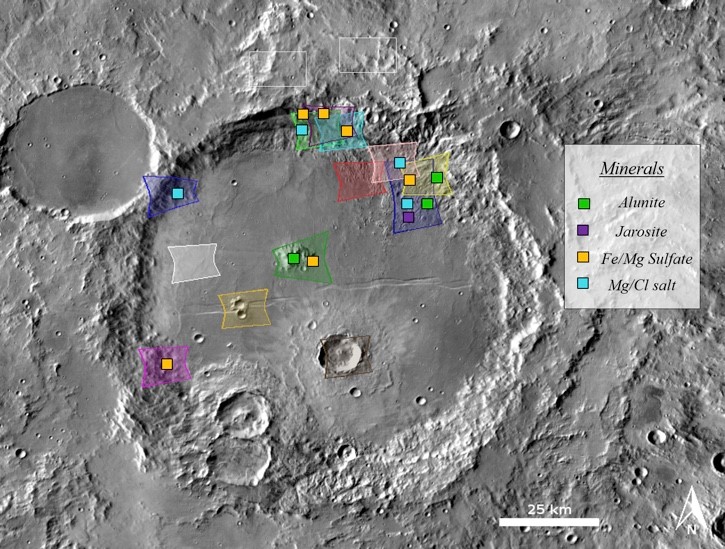
Columbus crater on Mars. Salts were detected spectroscopically at the colored-square locations, indicating that liquid water existed at these locations some time in the past. [Source: https://lowell.edu/salts-in-the-solar-system/
Liquids
Dr. Jennifer Hanley’s main research interest is liquid stability across the Solar System, with particular focus on Mars, Titan and Europa. She works in collaboration with the NAU Ices Lab to investigate the stability and spectral properties of liquids and ices at low temperatures and pressures with relevance to the outer solar system, especially Titan and Pluto. She also studies the stability of water on Mars and Europa in the presence of chlorine salts, as well as determines the spectral properties of these salts to aid in detection on distant bodies.
Learn more about Dr. Jennifer Hanley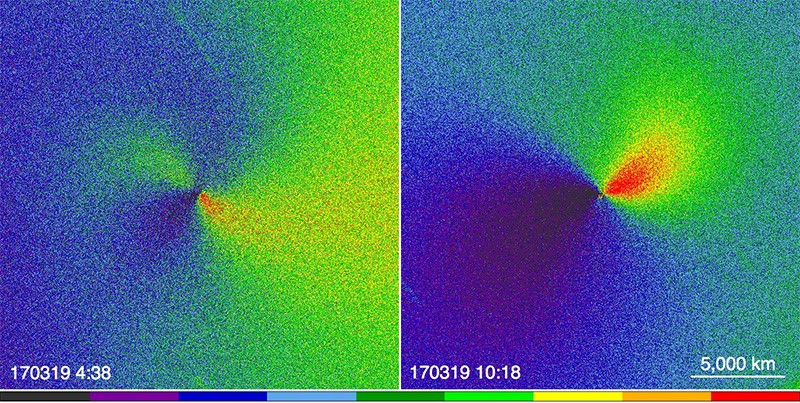
Comet 41P/Tuttle-Giacobini-Kresak displays dramatic jet activity, outflows of gas and dust from the comet’s nucleus. During a six-week period in 2017, this comet’s rotation period slowed by a factor of two. [Source: https://astroengine.com/2017/10/19/spinning-comet-slams-its-brakes-as-it-makes-earth-flyby/]
Comet evolution and rotation
Dr. Dave Schleicher’s major research interests include the physical properties, chemical composition, and behavior of comets. He uses a variety of observational tools plus theoretical modeling in his studies. In 1986, he discovered with Dr. Robert Millis the periodic variability of Comet Halley — a discovery that profoundly affected the interpretation of all observations of the comet including those from the Giotto and Vega craft.
Learn more about Dr. Dave Schleicher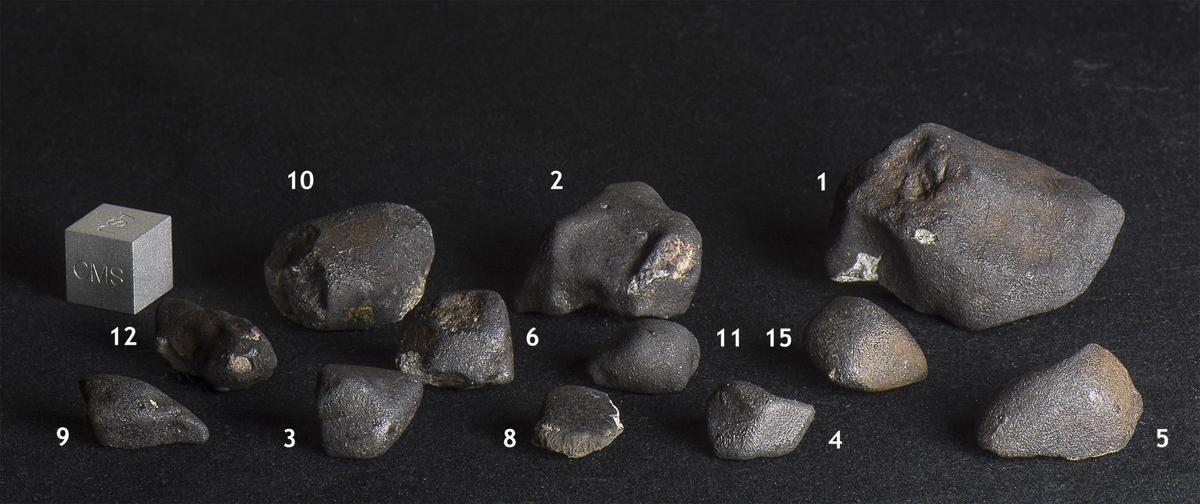
In 2016, data from Nick Moskovitz’s LOCAMS meteorite detection network was used to locate the fall site of a bright fireball observed by more than 400 people. These 12 of the recovered fragments from the Dishchii’bikoh meteorite. [Source: https://azdailysun.com/opinion/columnists/view-from-mars-hill-detecting-an-intruder-from-outer-space/article_cae08725-6a90-5cb7-a2d7-b05ad54cd580.html
Asteroid formation and evolution
Dr. Nick Moskovitz’s research focuses on minor planets in the solar system. His work has implications for topics ranging from the origin of planets to the exploration of small bodies by spacecraft. Topics that Moskovitz and his collaborators are pursing include understanding the link between asteroids and meteorites, characterizing the properties of meteors, probing the geologic evolution of minor planets over solar system history, developing tools to enable mining of minor planet data, and using telescopic observations to support spacecraft missions.
In 2016, data from Nick Moskovitz’s LO-CAMS meteor camera network was used to help locate meteorites from a bright fireball observed by more than 400 people. These are 12 of the recovered fragments from the Dishchii’bikoh meteorite.
Learn more about Dr. Nick Moskovitz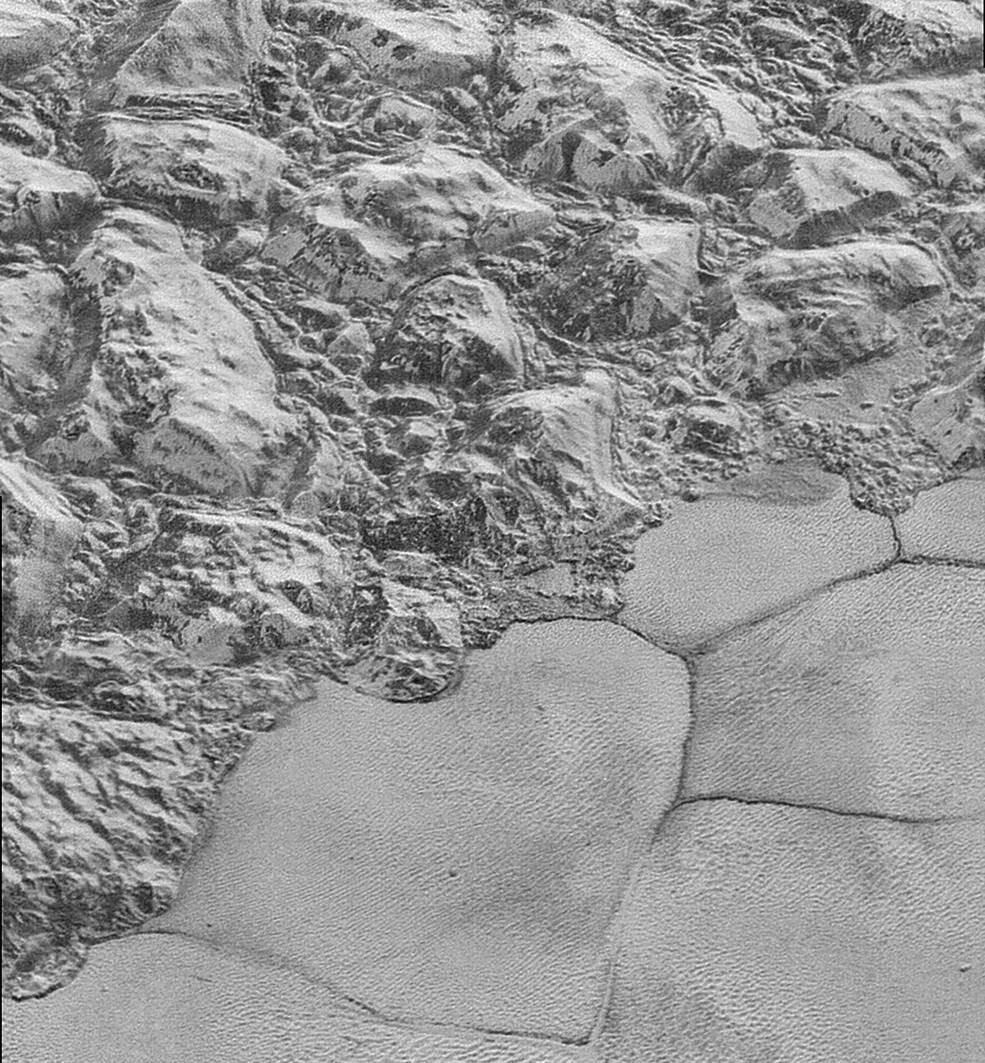
The Sputnik Planum region meets the al-Idrisi mountains on Pluto. Surface features on Pluto are composed of water ice, methane ice, nitrogen ice, and a number of other volatile species; at the ultra-cold temperatures of the outer solar system, these volatiles remain solid. [Source: https://www.nasa.gov/feature/new-horizons-returns-first-of-the-best-images-of-pluto]
The icy outer solar system
Dr. Will Grundy’s research involves icy outer solar system planets, satellites, and Kuiper belt objects, using a broad variety of observational, theoretical, laboratory, and space-based techniques. He is involved in projects to discover Kuiper belt binaries and to determine their mutual orbits and masses. He observes icy satellites and Kuiper belt objects, some of which have volatile surface ices that seasonally interact with their thin atmospheres, leading to a variety of complex and interesting phenomena. To support his observational work, Grundy also studies cryogenic ices and ice mixtures in the Astrophysical Materials Laboratory at Northern Arizona University . He is also a co-investigator on NASA’s New Horizons mission that encountered the Pluto system in 2015 and small Kuiper belt object Arrokoth in 2019, leading the mission’s surface composition team.
Learn more about Dr. Will Grundy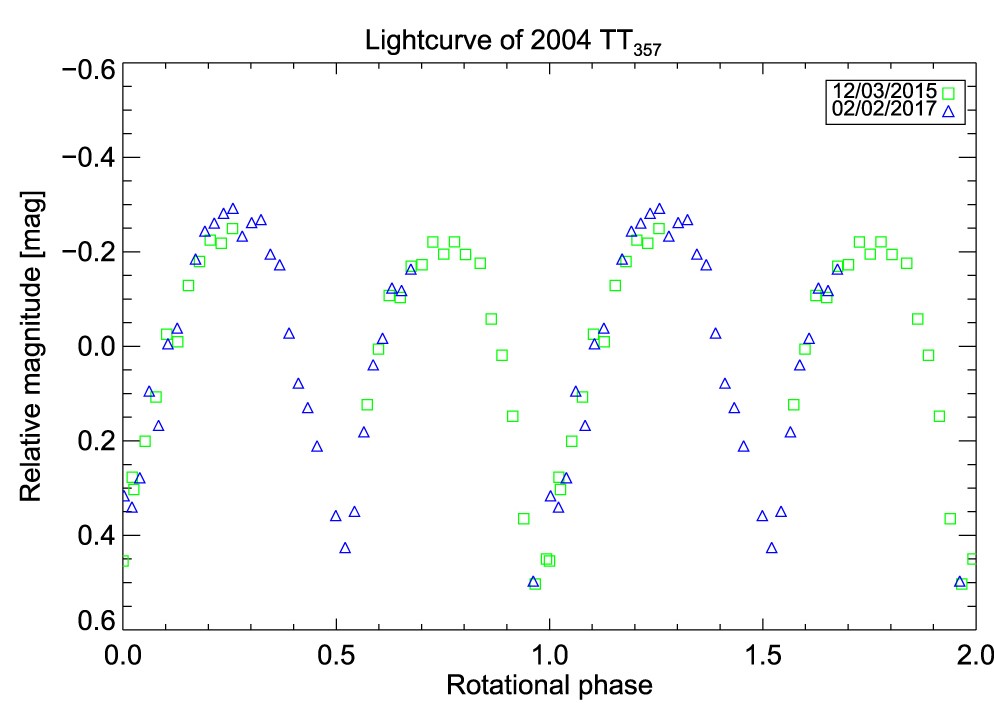
Trans-Neptunian Object 2004 TT357, approximately 150 km in diameter, sports a light curve that is consistent with a two-lobed body. [Source: https://aasnova.org/2017/08/11/have-two-lonely-trans-neptunian-objects-found-each-other/]
Solar System flotsam
Dr. Audrey Thirouin’s main scientific interests are the physical and dynamical properties of the small bodies in the Solar System, such as asteroids, comets, Centaurs, Trojans, and Trans-Neptunian Objects (TNOs). She is particularly interested in the rotational properties of these bodies and what we can learn from them as well as on the rotational properties and the formation of binary and multiple systems in the Trans-Neptunian and asteroid belts. She also works on numerical simulations to explain the formation of families and by extension the genesis of binaries.
Learn more about Dr. Audrey Thirouin